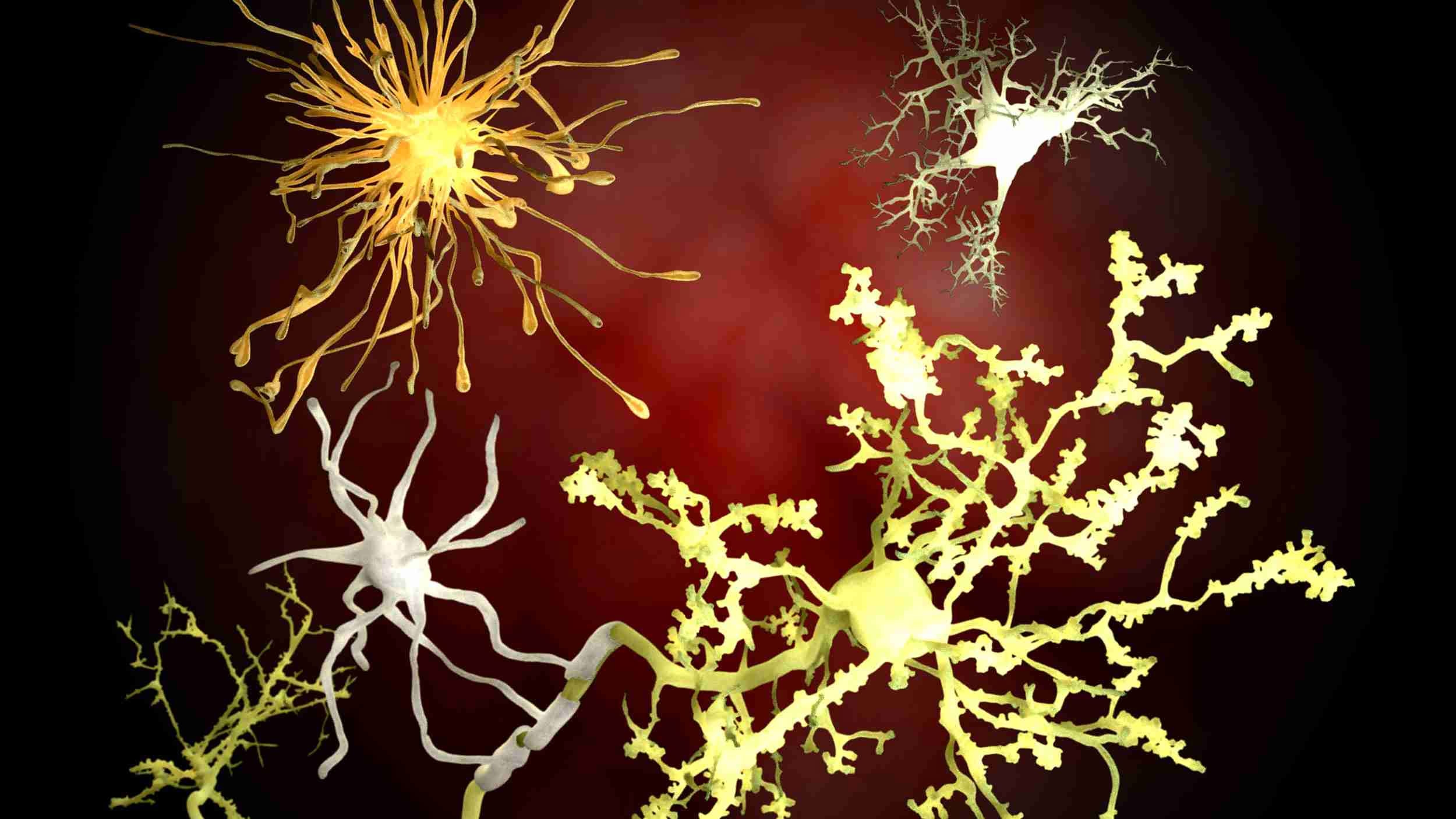Researchers have determined that the expression change of a gene in specific cells in the human brain, called microglia, may be associated with Alzheimer's disease, according to a study published this week in the science journal PLoS ONE.
The expression of the gene, called ANK1 (ankyrin repeat domain-containing protein), was identified in three specific cell types – microglia, astrocytes, and neurons deriving from the hippocampus part of the brain of patients with Alzheimer's disease.
It was identified by a research team, led by Arizona State University and the Translational Genomics Research Institute (TGen), using an extremely precise method of isolating cells.
The team found that altered ANK1 expression originates in microglia, a type of immune cell found in the brain and central nervous system, according to the study.

Human microglia. /VCG Photo
In previous genetic and epigenetic-wide association studies, ANK1 has been identified as a potential risk factor for the development of Alzheimer's disease, which is the most common cause of dementia.
However, "they were unable to identify the class of cells that may be responsible for such association because of the use of brain homogenates," the study's lead author Diego Mastroeni said in a press release.

Human brain cells. /VCG Photo
"Here, we provide evidence that microglia are the source of the previously observed differential expression patterns in the ANK1 gene in Alzheimer's disease," said the assistant research professor at Biodesign's ASU-Banner Neurodegenerative Disease Research Center.
The new research shows that in the hippocampus, a small looping structure shaped like a seahorse which is responsible for memory, ANK1 is fourfold higher in the microglia of patients with Alzheimer's disease.

The purple part of human brain shows hippocampus, a small looping structure shaped like a seahorse. /VCG Photo
Microglia is a type of immune cell found in the brain and key regulators of the inflammatory cascade typified in early Alzheimer's development, according to the study.
"These findings emphasize that expression analysis of defined classes of cells is required to understand what genes and pathways are dysregulated in Alzheimer's," said Winnie Liang, an assistant professor, director of TGen Scientific Operations and director of TGen's Collaborative Sequencing Center.
Furthermore, the study found that ANK1 was also significantly unregulated in the hippocampus microglia of Peritoneal Dialysis patients, and changes in ANK1, at least in microglia, may not be disease specific, but a response, or phenotype associated with neurodegeneration or neuroinflammation.
"The results obtained in this work emphasize the importance of methods that enable us to characterize the molecular profile of defined cells, either as a group or as single cells, that have been defined by any of several means," said Paul Coleman, the study's senior author.

A nurse performs exercises with a patient suffering from Alzheimer's disease. /VCG Photo
Alzheimer's disease is an irreversible, progressive brain disorder that slowly destroys memory and thinking skills, and eventually the ability to carry out the simplest tasks.
In most people with Alzheimer's, symptoms first appear in their mid-60s.
According to the World Health Organization, Alzheimer's disease may contribute to 60-70 percent of dementia.
(Source: Xinhua)









